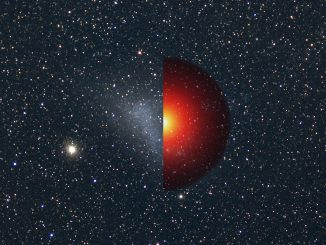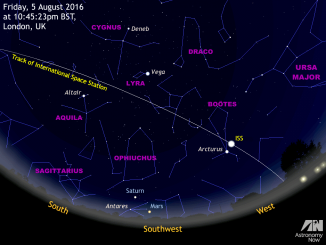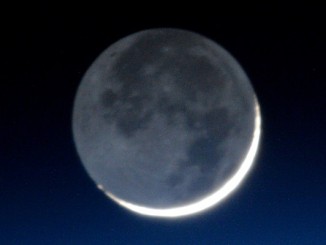
View the International Space Station at its best from the UK
If you have never seen the International Space Station (ISS), make the most of clear skies over the next few nights. It’s capable of exceeding Venus at its brightest and visible for up to 7 minutes as it crawls across the sky in an arc from west to east. Find out when and where to see some favourable passes of this 420-tonne, 109-metre-wide spacecraft over the British Isles and Western Europe.









